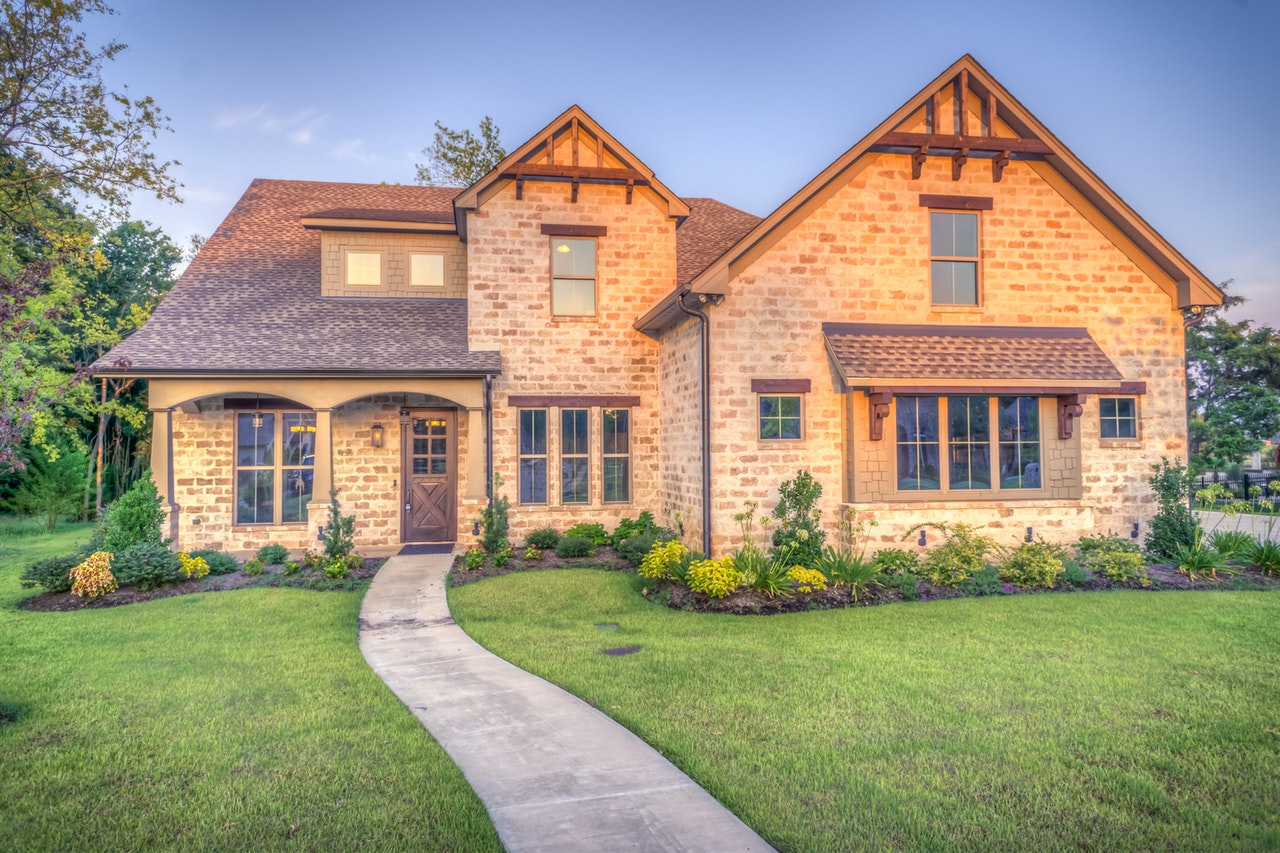
Old houses definitely have a unique charm, regardless of whether they are from the 18th century or the 1950s. However, in order to be as functional as they are charming, most of them need some renovation before they can welcome new owners. It can be an exhausting project, though. One of the reasons for that is the age of the house, which usually comes with many risks that you should be aware of. So, to help you raise the value and functionality of your new old home, here are some risks to keep in mind.
Exposure to hazardous elements
Asbestos wasn’t banned until the late 70s, so there’s a chance that your walls and floors include this dangerous material. It was used for insulation, and it isn’t harmful until airborne. However, if you ever choose to remodel your home by tearing down a few walls, you could get exposed to it. Since inhaling even just a bit of asbestos can have serious consequences, this isn’t something you should take lightly.
Another material to think about is lead. Lead was used for pipes, and while it is usually harmless on its own, long-term exposure to it can harm your health. It can also be found in old paints. This is also dangerous because, if the paint starts peeling off, you could inhale the lead particles. So, if you know that your house contains asbestos or lead, consult the professionals about the removal.
If your house has any structural problems – with foundations, for example – it can affect everything from your walls to the roof. This means that you might need to add some extra footings, which can be quite costly. Not to mention that this also implies tearing down the flooring in order to actually get to the foundations. So, you’d also need to repair that later, which would require you to lay down some new flooring. This is why you should get as much info about the house as you can, so even if you choose to buy a house with structural issues, you can negotiate the price or adjust your budget accordingly.

Outdated plumbing and electrical
If you’ve bought an older house that had never been renovated, it might have outdated plumbing and electrical wiring. According to Four Seasons Plumbing Company in Asheville, houses that were built before the 1960s mostly used galvanized pipes, which tend to corrode over time. So, consider replacing your old pipes with new, higher-quality pipes.
The same goes for electrical wiring, and this is a huge safety hazard. You might need to upgrade the electrical panel, change the outlets, and in some cases, even rewire your entire house. However, don’t forget that this is something you should never do on your own. You can always find an experienced emergency electrician, so leave it to the professionals, and your problems will be solved in no time.
Mold
Proper ventilation is very often overlooked, but skipping this step can lead to many issues down the road. One of them is the appearance of mold, which can then lead to respiratory issues. So, when remodeling the normally humid areas, like the bathroom and kitchen, make sure they have good ventilation by installing a few quality fans and adding a couple of HEPA air purifiers.

Termites
Termites are true pests that can cause major structural damage to your home if you don’t get rid of them fast. As you probably know, they feed on wood, and they are often hard to notice until the damage is already done. Some signs of termite infestation are muddy tunnels in wood, blisters in wood flooring, piles of droppings that look like sawdust, and hollow-sounding timber walls and door frames. One way to keep them at bay is by ventilating your home underneath, but if you do notice the signs, don’t wait too long to do something about it.
Buying an old house can be an investment that would pay off in more ways than one regardless of whether you choose to live in it or renovate it and sell it for a higher price. However, safety should always come first. Therefore, while renovating your home, keep in mind all the above-mentioned risks. Try to gather as much info as you can about the house you’re buying, and never hesitate to call the professionals if a certain issue does appear.
Guest post by Chloe Taylor
About the Author
Chloe is an interior design consultant from Adelaide and a regular contributor to Smooth Decorator. She loves everything related to decor, aesthetic and lifestyle topics. She is also passionate about photography. Her biggest dream is to travel the whole world and take some stunning photographs of beautiful places. Beside all this, she enjoys drinking coffee and reading a beautiful book from time to time. You can find her on Facebook and Twitter.
You may also like
5 Hints for Home Renovation Success
The Beginner’s Guide to Roof Problems
Pro Tips to Help You Survive Your Major Home Remodeling
